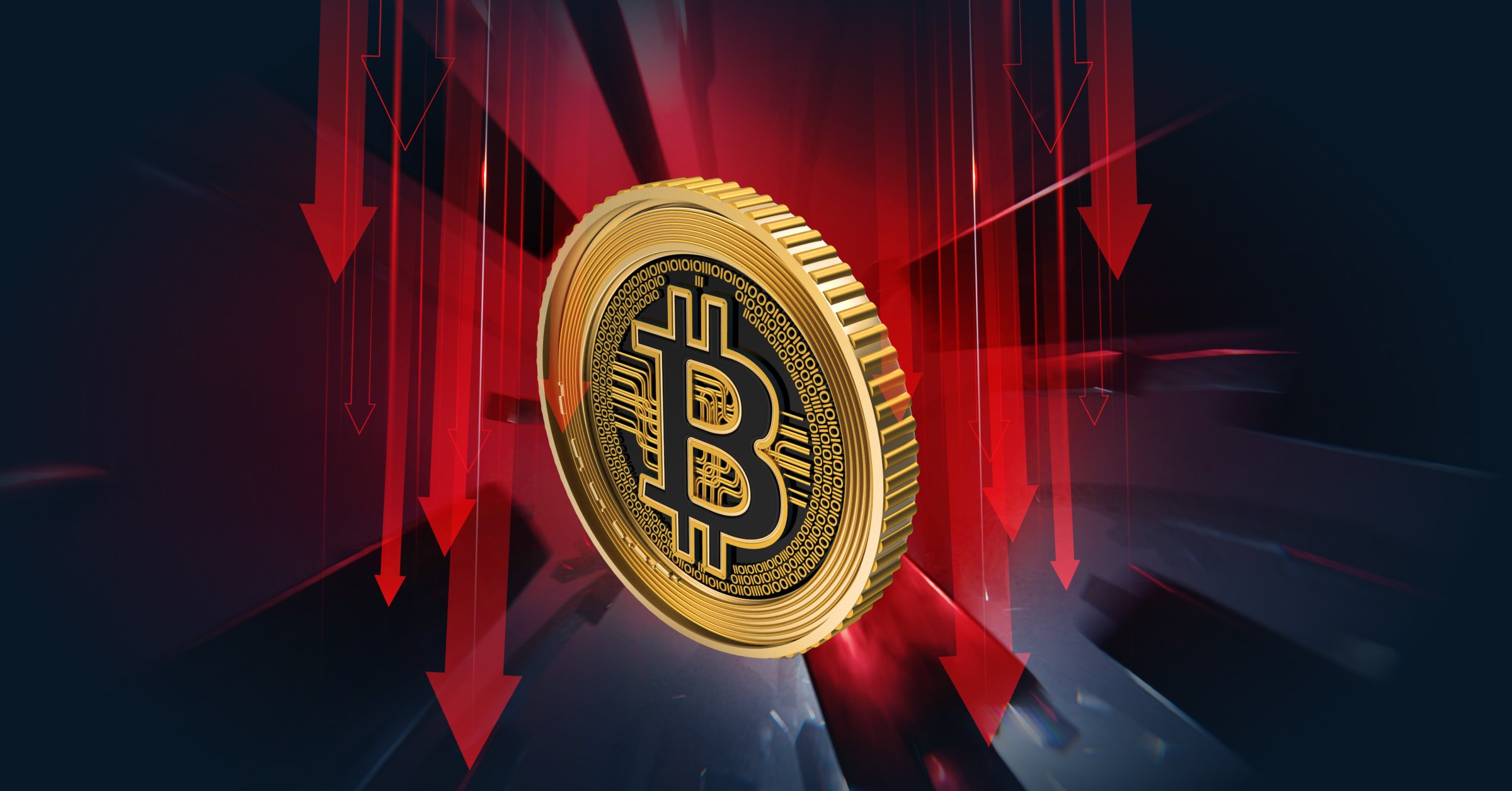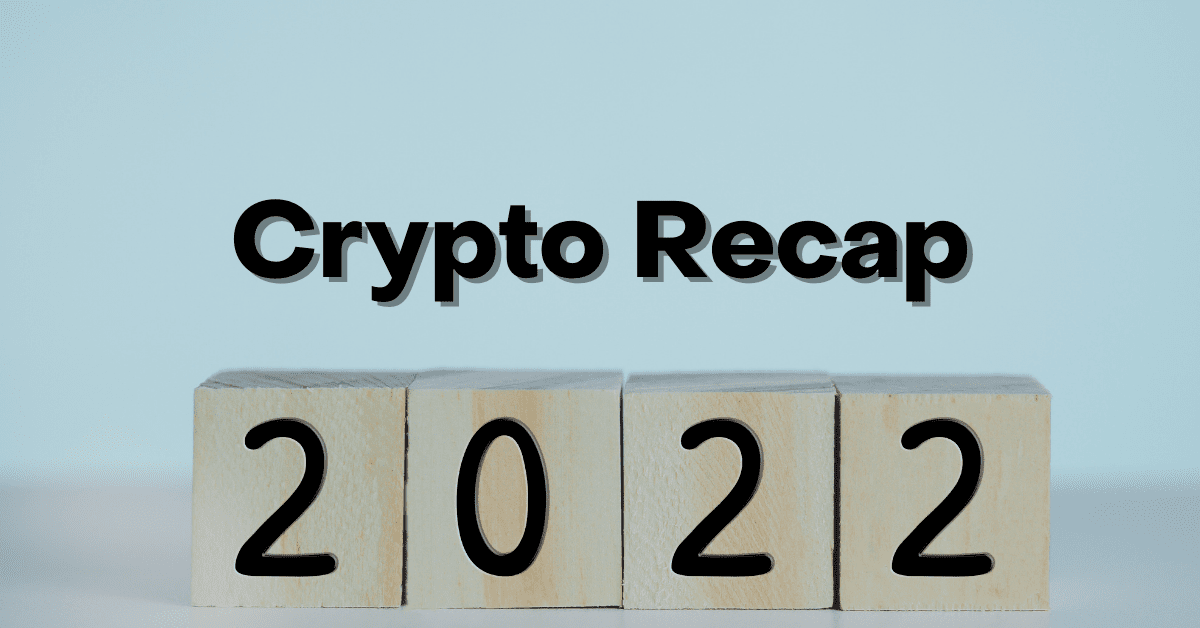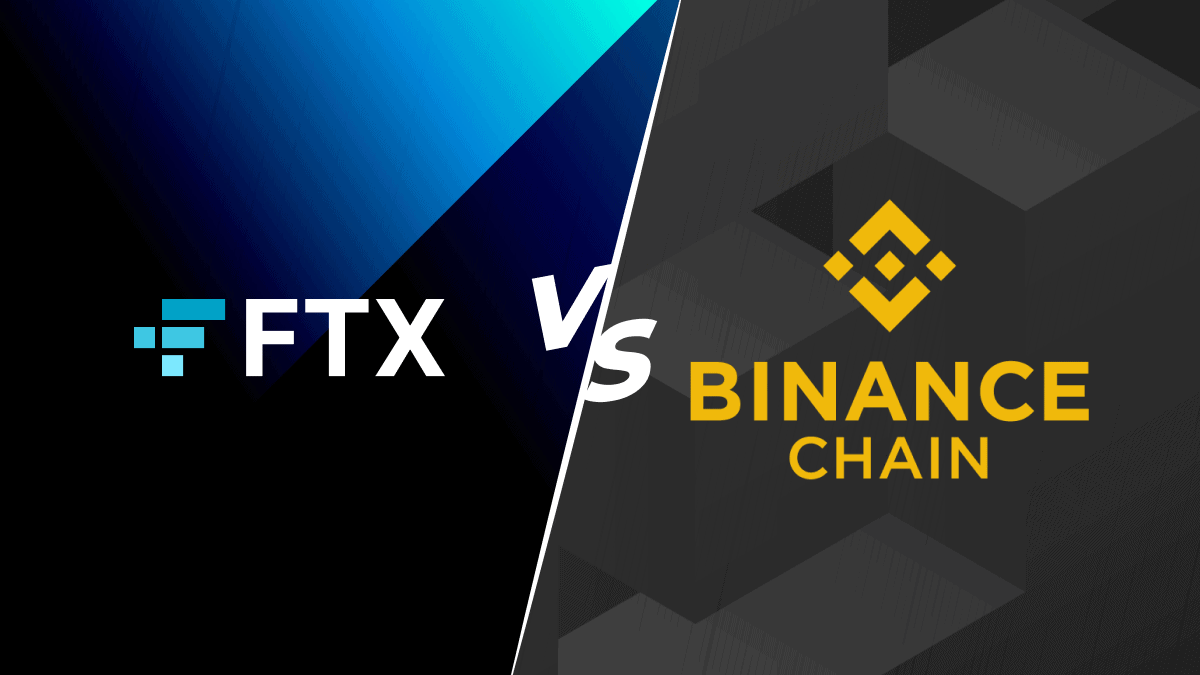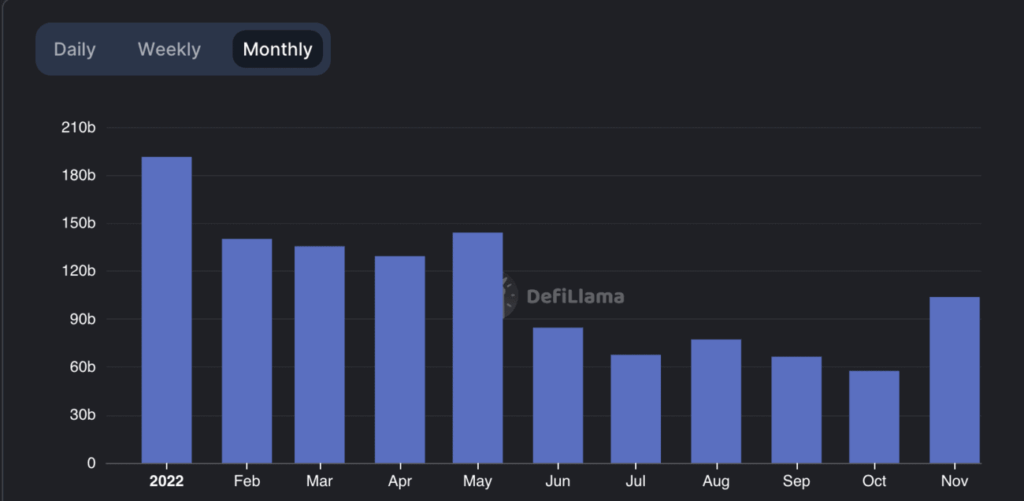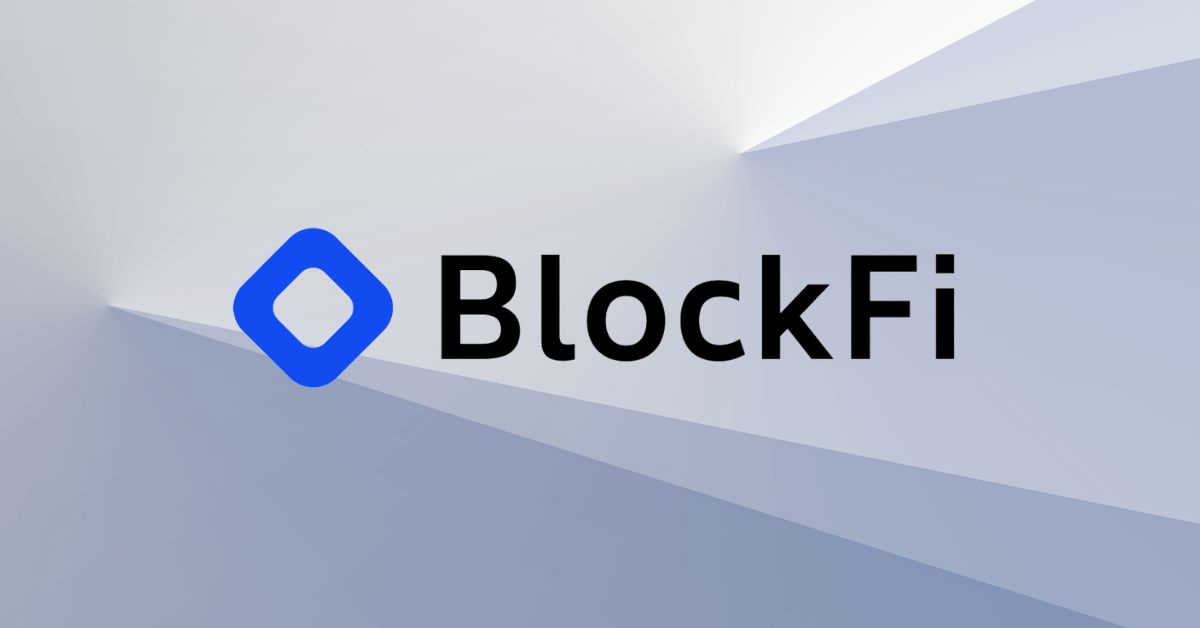What’s Happening with Genesis Trading?
Genesis Trading is one of the world’s largest crypto trading desks for professional investors, primarily offering Bitcoin over-the-counter (OTC) trades and lending services. Recently, Genesis has temporarily suspended redemptions and new loan originations due to abnormal withdrawal requests in the aftermath of the collapse of FTX.
Genesis stated that the withdrawal requests have exceeded its current liquidity, which raised concerns about the firm going insolvent. Because Genesis is directly affiliated with some of the largest crypto institutions, its fall could start another domino effect that is even more devastating than the FTX contagion.
In case you are out of the loop, we have covered the entire timeline of the FTX contagion in chronological order listed down below:
- SBF vs CZ War: What’s happening with FTX and Binance?
- Binance to Acquire FTX: What This Means for All Investors
- Binance Will NOT Acquire FTX: What is Next?
- BlockFi suspends withdrawals over unclear status of FTX
- FTX, FTX US and Alameda File for Bankruptcy
- FTX Hacked: Hacker Identity Revealed by Kraken
- What will happen to BlockFi?
- Were BlockFi’s assets held on FTX?
Fallback of Genesis Trading from Three Arrows Capital
The lack of liquidity Genesis is undergoing is not only because of FTX. It is largely attributed to the fall of Three Arrows Capital (3AC) in the aftermath of the Terra Luna collapse.
Genesis was the biggest creditor to 3AC, lending $2.4 billion. After 3AC went bankrupt, Genesis filed a $1.2 billion claim against them. When 3AC failed to provide the required collateral, the parent company of Genesis, Digital Currency Group (DCG), stepped in and assumed the $1.2 billion claim, leaving Genesis with no outstanding liabilities to 3AC.
By Q3 2022, their market activity drastically fell, with loan originations falling from $50 billion in Q4 2021 to a mere $8.4 billion. Despite the situation, institutional investors still believe they were crypto’s safest counter-party.
Gemini’s Exposure to Genesis Trading
Gemini, one of the top crypto exchanges regulated in the U.S., announced that there would be withdrawal delays with its Earn product, in which Genesis is a lending partner. If you do not know how Genesis ties into Gemini Earn, here’s how it basically works:
After the lenders give their crypto to Gemini, it will be given to Genesis for them to lend out to a fund. The borrowing party will pay fees for this, which will be shared between Gemini and the lenders. The problem now is that Genesis is having liquidity issues, thus they are unable to give Gemini back their crypto. This means that lenders on Gemini Earn cannot get their crypto back.
Although Gemini assures this does not impact any other products and services, Gemini customers are rushing to get their funds out fearing the exchange is next to go down as the FTX contagion spreads. Over the past 24 hours at the time of writing, Gemini has seen $570 million in withdrawals and ETH withdrawals reached an all-time high on the exchange.
Genesis Trading’s Impact on the Crypto Market
It is not just Gemini but also many other CeFi platforms and major hedge funds use Genesis for their yield product. Moreover, many crypto whales opt to give their funds directly to Genesis to earn yields as well as custodial services. If Genesis is unable to give them back their crypto, many lenders worldwide could potentially lose their asset.
Genesis is also a sister company of Grayscale, the world’s largest Bitcoin fund (GBTC) and one of the largest Bitcoin holders worth $11 billion at the time of writing. If Grayscale is affected by this, there is a possibility that Grayscale will dissolve GBTC to pay back lenders. This impact of this could be huge.
However, Grayscale assured users that Genesis is not a counterparty or service provider for any Grayscale product, which means they will not be affected by Genesis suspending withdrawals. But in light of recent situations where FTX and Alameda claimed that they are two independent entities, sceptics are demanding a full audit to prove customer funds are safe.
Genesis Trading Lays Off 30% of Workforce
On 5th January 2023, Genesis Trading announced a large-scale layoff in order to reduce cost. According to sources close to the matter quoted by Coindesk, 30% of its workforce were cut, which especially affected the sales and business development departments. In addition to Genesis previously slashing 20% of its workforce in August, the company now has around 145 employees.
The layoff follows shortly after Genesis Interim CEO Derar Islim sent a letter to clients on January 4, addressing the fact that the firm needs more time to sort out its financial issues. However, time is not something Genesis can afford as it faces increasing pressure from creditors.
Genesis currently owes $900 million to Gemini, and is due to come up with a solution by 8th January 2023. Gemini co-founder Cameron Winklevoss believes that DCG is to blame and should be held responsible for its subsidiary company’s situation. In an open letter to DCG CEO Barry Silbert, Winklevoss accused him of “bad faith stall tactics” and claimed that a $1.675 billion loan from Genesis to DCG is the reason why Genesis is facing liquidity issues.
Genesis Trading Considers Bankruptcy
According to Wall Street Journal, Genesis hired investment bank Moelis & Company to review Chapter 11 bankruptcy filings. A Genesis spokesperson explained that it is to “preserve customer assets and drive the business forward.”
As of 19th January 2023, Genesis is laying the groundwork for a bankruptcy filing, according to Bloomberg. Reports indicated that Genesis is in confidential negotiations with various creditor groups in an attempt to raise cash. However, if Genesis fails to raise capital, it is highly likely they will file for bankruptcy.
Digital Currency Group (DCG) Under Severe Pressure Amid Genesis Crisis
On 17th January 2023, DCG halted dividend payments to preserve cash. According to a letter to DCG shareholders reported by Bloomberg, DCG is focusing on strengthening their balance sheet by reducing operating expenses and preserving liquidity. As the parent company of Genesis, this move is most likely the result of the financial crisis Genesis is facing.
Moreover, CoinDesk, whose parent company is DCG, is hiring advisors at investment bank Lazard to explore options for a potential sale, including a partial or full sale of the company. According to Wall Street Journal, CoinDesk has actually been privately seeking a deal for months, and has received numerous offers. Whether this is related to the Genesis and DCG crisis, no parties have responded to requests for comment.
CONFIRMED: Genesis Trading Filed for Chapter 11 Bankruptcy Protection
According to latest news by CNBC, Genesis Trading filed for Chapter 11 bankruptcy protection late Thursday night in Manhattan federal court. Over 100,000 creditors were listed in the company’s bankruptcy filing, with aggregate liabilities ranging from a whopping $1.2 billion to $11 billion.
In its filing, Genesis stated that it anticipates that after the restructuring process, there will be funds available to pay off unsecured creditors – a group that can be completely eliminated in bankruptcy cases if the circumstances are particularly dire. They also noted the bankruptcy only affects its lending business, and that its derivatives and spot trading business will continue unhindered.


